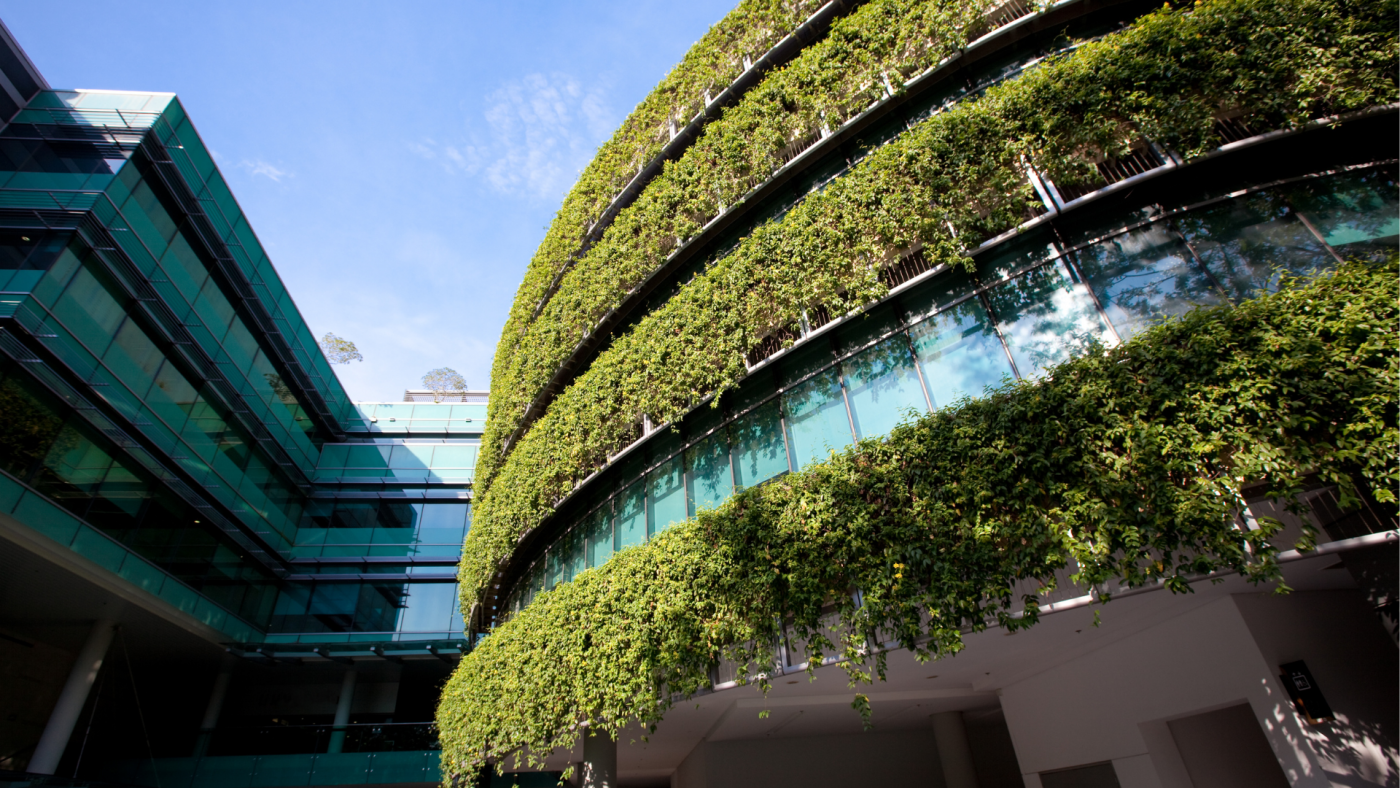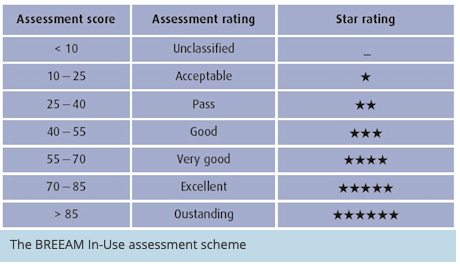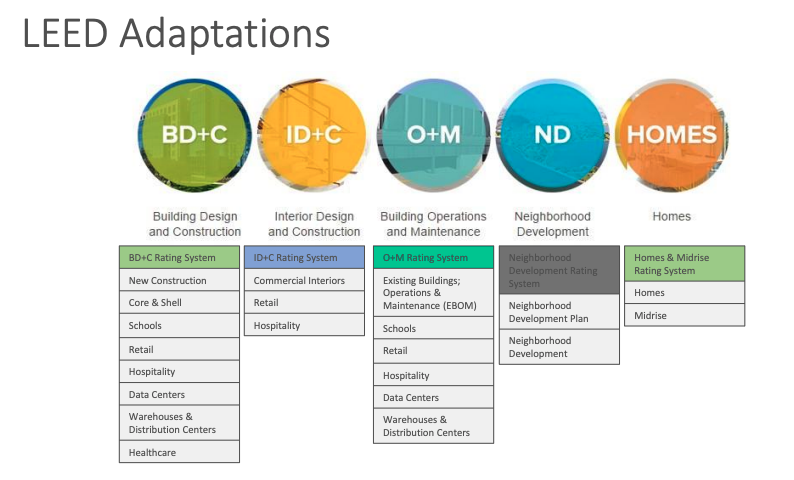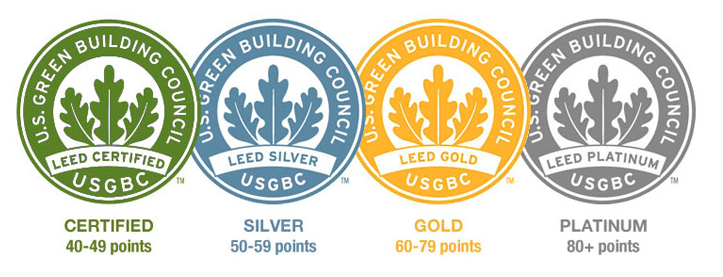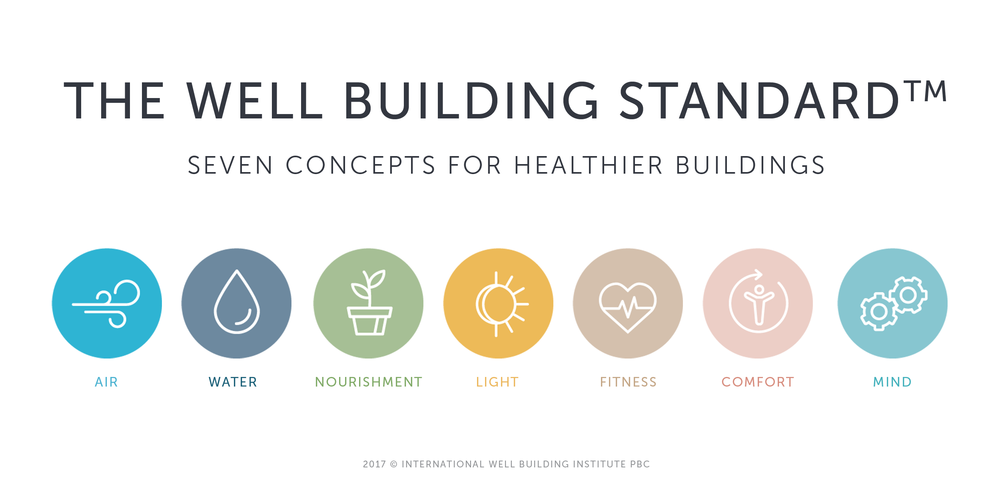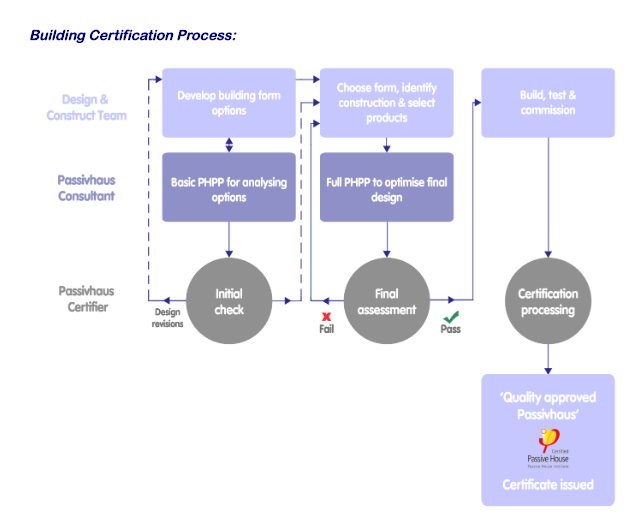In this article, we are going to learn a little bit about some of the most well-known certifications in green building design, that have been developed to lower carbon footprint by making cities more efficient in energy management, helping to reduce waste and improving the quality of life.
What is BIM (Building Information Modelling)?
BIM or Building Information Modelling is a multidimensional method that disrupts the construction industry as a platform for central integrated design, modelling, asset planning, running and cooperation. Designers can create digital 3D models that include data related to functional and physical characteristics; it also allows architects, engineers and contractors to work together on coordinated models, giving everyone insight into how their work fits into the overall project, helping all the parts involved to work more efficiently.
Other uses are documenting and creating infrastructure designs. This model can be used to explore and analyse different design options and to create digital visualisations that could help investors and stakeholders see and understand what the building will look like before it has even been built. Moreover, it helps the parts involved to gather data that is being created in the process, with the goal to facilitate and benefit maintenance activities, which is a great advantage when trying to manage energy more efficiently. This data can also provide information about planning and resources for the project at the city and even the country level.
Click here to read our recent article on the role of BIM in Facility Management.
Three reasons to get the BREEAM Standard
BREEAM (Building Research Establishment Environmental Assessment Method) is a global sustainability standard and rating system established in the UK in 1990, that provides third-party verification for individual buildings, communities and infrastructure projects. It is a trusted label used on over 500k buildings to date and is currently being applied in over 83 countries, which provides a clear statement about the quality of a building and its environmental performance.
There are seven rating levels:
According to a survey carried out by Cushman & Wakefield, it was found that sustainability is already impacting the value of the buildings for targeting related to disposal or acquisition. In the same way, standards like this play a big role in the decision-making process for fund managers and investors.
To put it simply, the goal of the BREEAM method is for sustainable solutions to be adopted and for the market to recognise their achievements, and this is done by raising awareness of owners, designers, and building operators about how a sustainable approach can be very beneficial in designing and operating green buildings.
BREEAM covers and evaluates the following range of criteria in order to rate a building:
- Energy and water use
- Health
- Pollution
- Transportation
- Materials
- Waste
- Ecology
- Management processes
You may ask yourself, why should I rate my buildings?
Here are 3 reasons:
- Quicker to let: It will be much easier to rent out the property.
- Cheaper to run: Maintenance costs will decrease significantly.
- Attract better quality tenants: Your property will be attractive to people with a good credit record.
How does the LEED rating system work?
LEED (Leadership in Energy and Environmental Design) is a green building rating system released by U.S. Green Building Council in 2000. Similar to BREEAM, LEED provides third-party verification for the design, construction and operations of superior green buildings, as well as neighbourhoods and homes.
There are five primary LEED rating systems reference guides, and each is directed towards a specific project type:
- BD+C
It’s appropriate for new construction projects, major renovations, Core & Shell buildings and School Projects. - ID+C
Its main focus is commercial interior projects. - HOMES
It focuses on high-performance residences which are less than four storeys. - ND
It is designed to pair green buildings with smart growth and urbanism. - O+M
The system helps building operators and owners minimise environmental impacts by maximizing operational efficiency.
But how is this possible?
Nowadays, there are many different tools available that can help you get an initial idea that will show which step to take next. For instance, Burger King, as a high-powered fast food business, got to save around 17% on energy costs, reducing energy consumption by more than 25,000 kWh annually. You can find out more about how they accomplished it in this success story (free download).
There are four possible certification levels for buildings to acquire by following the LEED standards, these are:
It is also possible for people to get LEED accredited with the following two credentials:
LEED GA (Green Associate)
This is the basic level of accreditation that shows an individual’s general understanding of the primary LEED rating systems.
In order to get this accreditation, you have to prove you work in a sustainable field or take an educational course on green building. Then you will be eligible for the LEED GA exam and if you pass, you will receive the LEED GA credential.
Then, if you want to continue with the LEED AP, it is necessary for you to first gain experience working on LEED registered projects, and once you do, you will be eligible to take to LEED AP exam.
LEED AP (Accredited Professional)
It demonstrates that someone is a true expert in one or more of the LEED rating systems. If you already have experience working on LEED registered projects, you can either split the exams, taking the LEED GA first and then the LEED AP of your choice, or you can take both exams on the same day.
The Focus of WELL Building Standard
The WELL Building Standard is the first and leading evidence-based rating system that focuses mainly on how buildings, and everything in them, can improve our wellness and comfort, and generally enhance our health and well-being.
It measures the integration of evidence-based health and wellness features into the residential. commercial and institutional buildings where we spend most of our time, such as homes, offices and hotels by placing health at the centre of the design, technology, construction and programming decisions.
In order for a space to become Well Certified, it is necessary for it to achieve a defined score in each of the following seven categories:
This certification process includes an on-site audit and the submission of project documentation, which can lead to the award of a Silver, Gold or Platinum standard.
Turn your house into a Passivhaus
The Passivhaus Standard has been designed to deliver comfort, health, quality of life and lower operational costs in any type of building. This type of building requires little energy for space heating and cooling while providing a high level of comfort for its occupants. It is gaining attention in the UK mainly because instead of relying solely on renewables, it focuses on reducing heating demand to a very low level.
It has become popular because there isn’t just one way of meeting the criteria, but many. For instance, let’s take a look at some of the typical requirements if you want to achieve the Passivhaus Standard in the UK:
- Very high levels of insulation
- Extremely high-performance windows with insulated frames
- Airtight building fabric
- “Thermal bridge free” construction
- A mechanical ventilation system with highly efficient heat recovery.
In the same way, the Passivhaus Trust states that this standard helps the industry achieve the 80% carbon reduction set as a legislative target for the UK Government.
This certification delivers a thorough quality assurance procedure, verified through independent testing. It is available for buildings, tradespeople, consultants/designers and specific components.
This is what the Building certification process looks like:
It is clear that current society has become more conscious of the importance of taking care of the environment, and this can be seen in the fact that sustainability is now a crucial factor in the decision-making process across different industries. Click here to learn how to achieve sustainability in your buildings.
If you are interested in becoming certified in one of the aforementioned certifications, you might want to try one of the numerous energy management systems (EMS) in the market such as Dexma, which can give you an idea about where to start and help you save money: ⬇️
